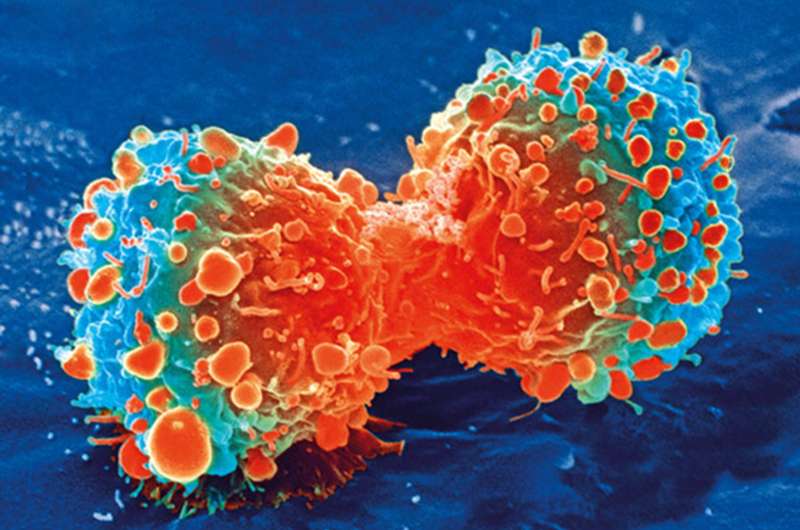Prognostic role of elevated mir-24-3p in breast cancer

Despite improvements in local, regional and systemic therapies for breast cancer, 40,610 women are expected to die from metastatic breast cancer in the US in 2017.
Therefore, there is a need to identify novel prognostic and predictive markers of occult metastases to better individualize adjuvant systemic therapy and develop new therapeutic approaches to eradicate occult metastases in women with early-stage breast cancer.
Furthermore, there are limited data regarding molecular mechanisms for single mi RNAs or mi RNA signatures that may impact prognosis in breast cancer patients.
Using nanostring and RNA-sequencing technologies researchers from the NYU School of Medicine, the Perlmutter Cancer Center, UT MD Anderson Cancer Center, and the University of Massachusetts Medical School identified mi R-24-3p as a potential novel marker of breast cancer metastases in breast cancer.
"In assessing the prognostic role of a panel of mi RNAs in breast cancer, we collected plasma at the time of initial diagnosis from 1,780 patients with stage I-III breast cancer prior to definitive treatment."
They went on to determine the expression of mi RNAs in primary and metastatic breast cancer samples from The Cancer Genome Atlas.
Cancer, breast cancer and proteoglycans were the top three pathways affected by mi R-24-3p overexpression.
"We found that mir-24-3p is highly expressed in metastatic breast cancer tissue compared to primary breast cancer tissue, and that those tumors show specific gene expression signature."
Mi R-24-3p was expressed at high levels in the plasma from early-stage breast cancer patients destined to metastasize despite best available therapy, and in primary breast cancer tissue from patients who presented with stage IV at the time of diagnosis.
High expression of mir-24-3p in primary breast cancer tissues correlated with a poor survival rate in TCGA. These data strongly suggest mir-24-3p is involved in the metastatic process in breast cancer patients.
RNA-Seq data of the samples with the highest mi R-24-3p expression versus those with the lowest mi R-24-3p in the TCGA cohort identified a specific gene expression signature for those tumors with high mi R-24-3p.
More information: Alireza Khodadadi-Jamayran et al, Prognostic role of elevated mir-24-3p in breast cancer and its association with the metastatic process, Oncotarget (2018). DOI: 10.18632/oncotarget.24403

















